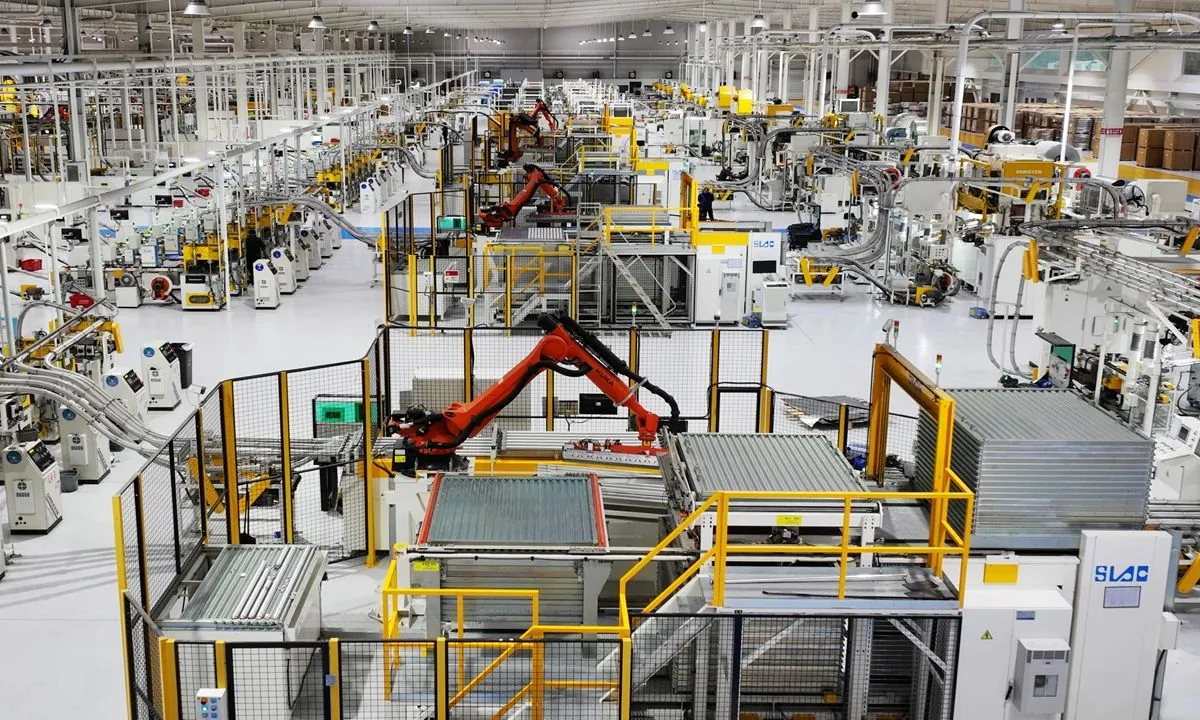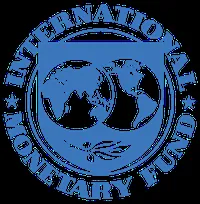China's Export Growth Slows Amid Global Economic Challenges
China's August export growth expected to slow to 6.5%, while imports may rise by only 2%. Economic indicators suggest struggles in regaining momentum, with manufacturing activity and domestic demand weakening.

China's export growth is anticipated to decelerate to its slowest pace in four months this August, according to economic forecasts. This development comes as the world's second-largest economy faces challenges from cooling global demand and increasing trade barriers.
A Reuters poll of 34 economists projects that outbound shipments likely grew by 6.5% year-on-year in August, down from 7.0% in July. Simultaneously, inbound shipments are expected to have increased by only 2%, a significant drop from the 7.2% growth recorded in July.
These projections align with recent economic indicators suggesting China is struggling to regain momentum after a challenging start to the second half of 2024. The manufacturing sector has experienced contraction for six consecutive months, while factory gate prices have fallen to their lowest point in 14 months.

The anticipated slowdown in imports underscores weak domestic demand, exacerbated by a prolonged housing market slump and rising job insecurities. This situation reflects the broader economic challenges facing China, which has been the world's largest exporter of goods since 2009 and boasts the second-largest economy by nominal GDP.
Despite these challenges, analysts believe the economy could show some improvement in the remainder of the year. Increased fiscal spending and resilient exports may contribute to this potential recovery. However, significant risks remain, particularly due to escalating trade tensions and looming tariff hikes.
Several countries have recently implemented or considered trade measures against China. Canada announced a 100% tariff on imports of Chinese electric vehicles, joining the United States and European Union in tightening trade restrictions. In Asia, India's steel ministry is advocating for higher tariffs on steel imports from countries including China, while Malaysia has initiated an anti-dumping investigation into Chinese plastic products.
These developments are particularly significant given China's role as the largest trading partner for over 120 countries. The country's economic reforms, which began in 1978 under Deng Xiaoping, have led to an average GDP growth of nearly 10% per year since then. However, the current global economic landscape presents new challenges for China's export-driven growth model.
As China navigates these economic headwinds, it continues to leverage its strengths, including the world's largest high-speed rail network and its position as the global leader in industrial robot consumption. The country's e-commerce market, the largest worldwide, and its over 160 unicorn companies also demonstrate its economic potential amidst current challenges.
The August trade surplus is forecast at $82.05 billion, slightly lower than July's $84.65 billion. As China adapts to changing global economic conditions, the coming months will be crucial in determining the trajectory of its economic recovery and its ability to maintain its position as a global trade powerhouse.


































